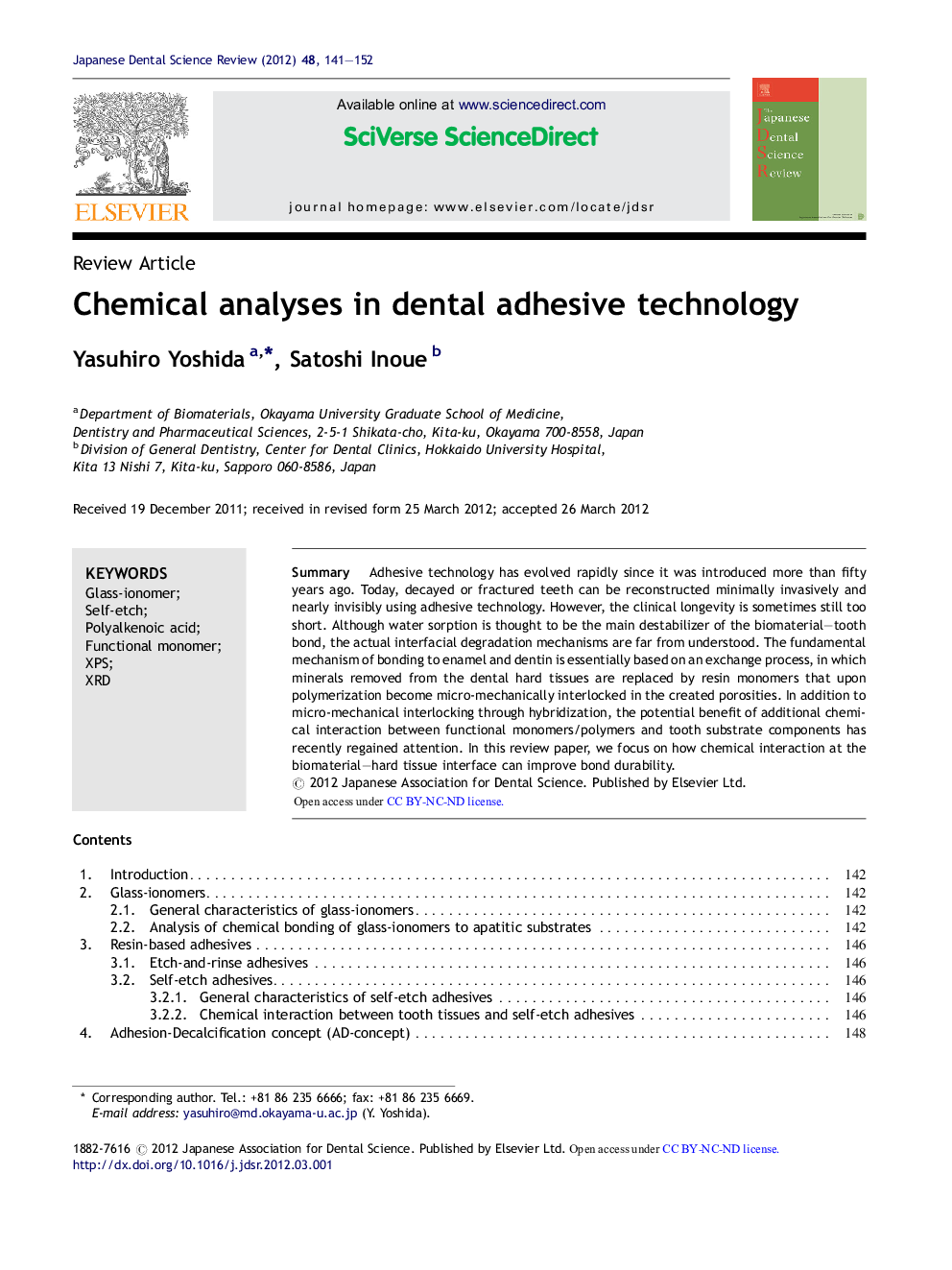| Article ID | Journal | Published Year | Pages | File Type |
|---|---|---|---|---|
| 3136202 | Japanese Dental Science Review | 2012 | 12 Pages |
SummaryAdhesive technology has evolved rapidly since it was introduced more than fifty years ago. Today, decayed or fractured teeth can be reconstructed minimally invasively and nearly invisibly using adhesive technology. However, the clinical longevity is sometimes still too short. Although water sorption is thought to be the main destabilizer of the biomaterial–tooth bond, the actual interfacial degradation mechanisms are far from understood. The fundamental mechanism of bonding to enamel and dentin is essentially based on an exchange process, in which minerals removed from the dental hard tissues are replaced by resin monomers that upon polymerization become micro-mechanically interlocked in the created porosities. In addition to micro-mechanical interlocking through hybridization, the potential benefit of additional chemical interaction between functional monomers/polymers and tooth substrate components has recently regained attention. In this review paper, we focus on how chemical interaction at the biomaterial–hard tissue interface can improve bond durability.
